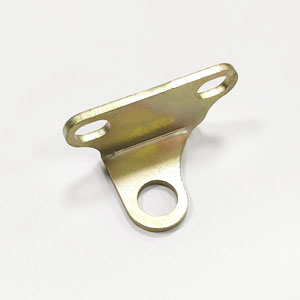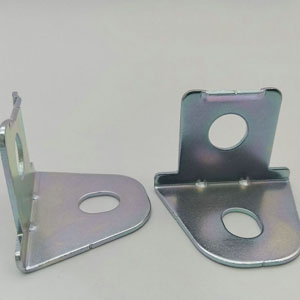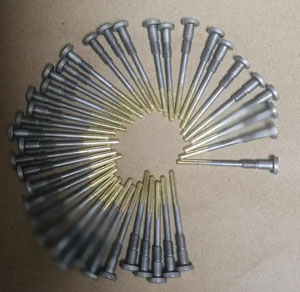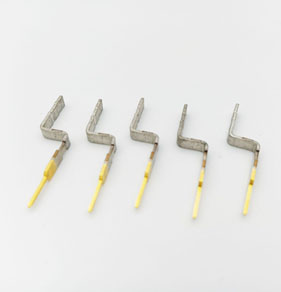
Electroplating: Enhancing Metal Parts with Precision and Efficiency
Electroplating is a transformative process that adds a metal layer to metal parts, delivering a range of performance benefits tailored to specific applications. At Yixing Technology, we leverage cutting-edge technologies and materials to create customized solutions that meet the unique demands of our clients. With numerous options available, selecting the right electroplating method can be challenging. Below, we explore the key advantages of each approach to help guide your decision-making process.
Pre-plating involves coating raw materials in continuous metal strips before any manufacturing processes begin. This ensures that when parts are cut or shaped from the strip, their edges and surfaces remain fully coated, eliminating any bare areas.
At Yixing Technology, we emphasize the cost-efficiency of pre-plating, as coating large raw material strips is more economical than plating individual finished components. However, if the manufacturing process generates significant waste, pre-plating costs may outweigh its benefits compared to post-plating.
Another key advantage of pre-plating is its ability to minimize dimensional inaccuracies. Since parts avoid barrel plating, they are less prone to deformation. This stands in contrast to post-plating, where additional handling can lead to size variations.
The metal layer applied during pre-plating also enhances corrosion resistance, improves electrical conductivity, and provides a smooth, polished finish—qualities essential for many industrial applications.

Post-plating is performed after the metal stamping process, making it ideal for applications requiring seamless surface coverage, especially in harsh environments or for visible components. Unlike pre-plating, post-plating ensures complete coating, even after stamping or cutting. There are several methods to do post plating such as barrel plating, racking plating, selective plating/spot plating and brush plating.
At Yixing Technology, we recognize that post-plating is typically more expensive due to additional processing steps. It also carries a higher risk of dimensional issues. However, for applications demanding full coverage, post-plating is often the most reliable option.


Selective electroplating is the preferred choice when different areas of a part require distinct coatings or when only specific sections need plating. For example, if a part requires a precious metal coating on only certain areas (e.g., contact points), selective pre-plating can significantly reduce material costs.
At Yixing Technology, we specialize in precision roll-to-roll selective electroplating services, which is both cost-effective and highly accurate. This method is particularly useful when full coating is unnecessary or when barrel plating could compromise dimensional integrity. In such cases, parts are partially cut but remain attached to the strip, allowing for nearly complete coating coverage. After plating, the parts are separated and undergo final shaping, ensuring precise dimensions and high-quality finishes.
While a small portion of the part (the "carrier sheet") may remain uncoated, this process achieves near-total coverage without sacrificing quality or performance.


As an expert precision sheet metal fabrication factory, we combine advanced electroplating techniques with decades of expertise to deliver tailored solutions that meet your specific needs. Whether you require pre-plating, post-plating, or selective electroplating, our team is dedicated to providing cost-effective, high-quality results that enhance the durability and functionality of your products.
By collaborating with Yixing Technology, you gain access to innovative electroplating solutions that optimize efficiency, reduce costs, and ensure exceptional quality. Let us help you navigate the complexities of electroplating and achieve the perfect finish for your components.
